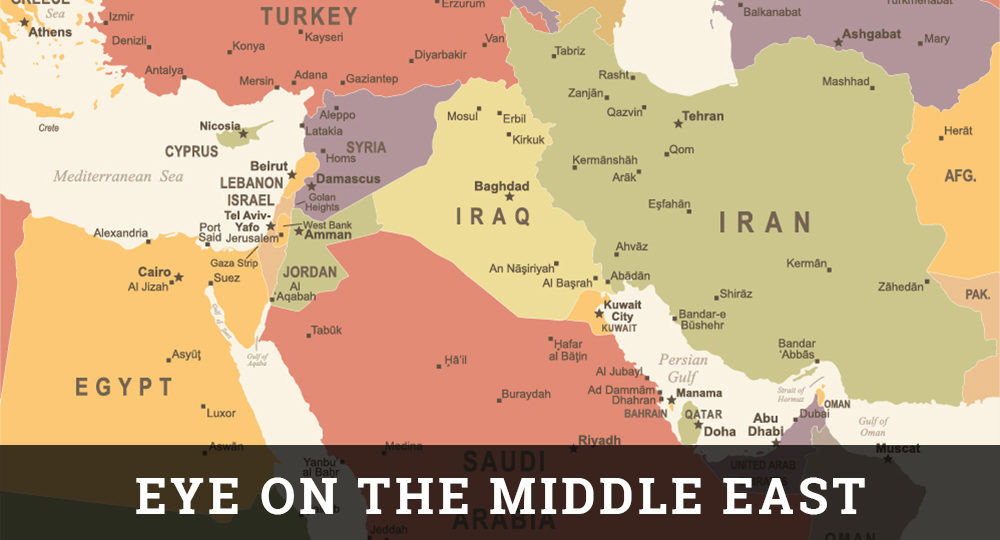No Longer Science Fiction
When a quadcopter from the Gaza Strip landed in southern Israel recently, the Israel Defense Forces released a brief statement saying it had taken it away for checks. The seemingly mundane incident is, in fact, indicative of a growing trend: the use of drones by Israel’s enemies.
Hezbollah, Hamas, Islamic State (ISIS), and others have drone programs, each at different stages and each posing threats.
Israel is a world pioneer in the use of military drones, being the first to utilize them to coordinate strikes on the battlefield in the 1980s. Today, Israel’s drone technology is a global leader, but Israel’s enemies are advancing.
Tal Inbar, head of the Space and UAV Research Center at the Fisher Institute for Air and Space Strategic Studies in Herzliya, told JNS.org about two types of developing threats. The first is the enemy use of commercial drones that are accurate and can carry payloads. You also can formulate their flight plans.
In Syria, ISIS has used them to drop explosives on targets, Inbar said. But their presence alone could be used as a weapon. “If they enter a protected area, they could disrupt something like air traffic. If you’re running Ben Gurion International Airport and suddenly you see two to three quadcopters landing, you wouldn’t be giving anyone permission to take off or land,” said Inbar.
The second threat comes from the larger fixed-wing, unmanned aerial vehicles (UAVs), which Hamas and Hezbollah possess. Hamas produces fixed-wing drones in Gaza, Inbar said, and is experimenting with placing weapons under the wings.
Hezbollah imports sophisticated, Iranian-made military drones with guided rockets that can be launched at targets on the ground a few miles away. “They could, in principle, fly over Lebanon, and fire at targets in Israel,” Inbar said. “Hamas is working on achieving that capability too. The Hamas drones have rockets, but they’re not yet guided. You don’t have to be a super engineer to improve these capabilities,” he added.
Haim Haviv, head of the Integrated Electronic Warfare Systems for Mountains Terrain program at the Israeli defense company Elbit Systems, said, “We can say that capabilities once reserved for big organizations and militaries are now in the hands of smaller groups like Hamas, ISIS, and others.” These elements are using “high-performance commercial drones to gather intelligence and launch strikes at people and vehicles” on the ground, he told JNS.org.
A drone purchased on eBay arrives ready to begin gathering intelligence, he said, delivering quality visual images from afar. Dropping bombs is more complex but can be done with simple adaptations, Haviv said.
Elbit sells a defensive countermeasure called ReDrone that provides “full peripheral defense,” automatically protecting designated areas. ReDrone detects the presence of drones using its variety of sensors and blocks the radio signals and satellite transmissions the drones need to know where to fly.
Looking ahead, Haviv believes commercial drones will become involved in a growing number of security incidents. As the threat grows, interest grows from military and civilian security providers, like police forces and airports. All of them are searching for ways to defend themselves.
One day, he said, the sight of drones defending the skies against other drones may not be science fiction. “Not only is that possible, it is desirable,” said Inbar. “Patrolling the skies is a boring mission. If you can assign a UAV to do that and install a lot of ammunition on it, that would be a good thing.”
Yaakov Lappin/JNS.org








